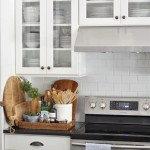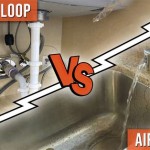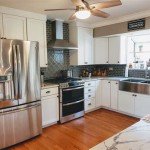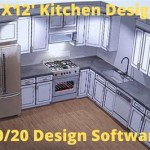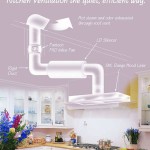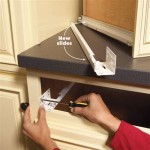The kitchen is often the heart of the home, and the cabinets are the backbone of a good kitchen. Particle board kitchen cabinets are a popular choice for many homeowners due to their affordability and durability. This comprehensive guide will cover everything you need to know about particle board kitchen cabinets, from their advantages and disadvantages to installation and maintenance tips. Read on to learn more!
What Is Particle Board?
Particle board is a composite material made from wood chips, sawdust, and other small wood particles held together with a resin and glue. It is cheaper and easier to work with than traditional solid wood, making it a popular choice for many homeowners. Particle board is strong and stable, but it is also more susceptible to damage from water and other liquids. It is important to take extra care when cleaning particle board kitchen cabinets and to avoid getting them wet.
Advantages of Particle Board Kitchen Cabinets
Particle board kitchen cabinets offer several advantages, including:
- Affordability – Particle board is much cheaper than traditional solid wood, making it a great choice for budget-conscious homeowners.
- Durability – Particle board is strong and stable, and it can stand up to regular wear and tear.
- Easy to Install – Particle board is easy to cut and shape, making it simple to install.
- Lightweight – Particle board is much lighter than solid wood, making it easy to move and install.
Disadvantages of Particle Board Kitchen Cabinets
Particle board kitchen cabinets have some drawbacks, including:
- Susceptible to Water Damage – Particle board is more susceptible to water damage than solid wood, so it is important to take extra care when cleaning and to avoid getting them wet.
- Limited Design Options – Particle board is not as easy to customize as solid wood, so design options may be limited.
- Lower Quality – Particle board is not as strong and durable as solid wood, so it may not last as long.
Installing Particle Board Kitchen Cabinets
Installing particle board kitchen cabinets is a relatively simple process. Start by measuring the space and cutting the boards to size. Then, attach the boards to the wall using screws and nails. Finally, attach the doors and drawer fronts and make sure everything is level. If you’re not comfortable with the installation process, it’s best to hire a professional to do the job for you.
Caring for Particle Board Kitchen Cabinets
Caring for particle board kitchen cabinets is important to ensure they last as long as possible. To keep them looking their best, use a damp cloth to wipe away dust and dirt. Avoid using harsh chemicals or abrasive cleaners, as these can damage the surface of the cabinets. Also, be sure to avoid getting the cabinets wet, as this can cause them to warp and become damaged. It’s also a good idea to inspect the cabinets regularly for signs of damage, such as warping or cracking.
Conclusion
Particle board kitchen cabinets are a popular choice for many homeowners due to their affordability and durability. They offer several advantages, including affordability, durability, easy installation, and light weight. However, they also have some drawbacks, such as susceptibility to water damage, limited design options, and lower quality. Installing and caring for particle board kitchen cabinets is relatively simple, but if you’re not comfortable with the process, it’s best to hire a professional. With proper care and maintenance, particle board kitchen cabinets can last for many years.













![Why Particle Board Don't Cut It [2021 Breakdown]](https://i2.wp.com/puustelliusa.com/wp-content/uploads/2020/04/1K7A6532-1024x683.jpg)

Related Posts


